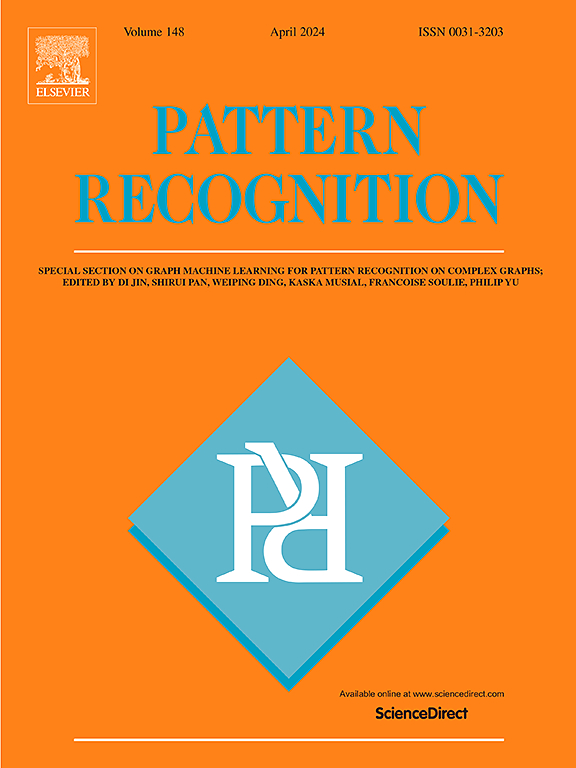ReBaR:基于参考的单目图像鲁棒姿态估计推理
IF 7.6
1区 计算机科学
Q1 COMPUTER SCIENCE, ARTIFICIAL INTELLIGENCE
引用次数: 0
摘要
本文介绍了一种基于参考的鲁棒人体姿态和形状估计方法ReBaR (Reference-Based Reasoning for Robust Human Pose and Shape Estimation),用于从单视图图像中估计人体形状和姿态。ReBaR通过学习部分回归推理的参考特征,有效地解决了遮挡和深度模糊的挑战。我们的方法首先使用注意引导机制从身体和部分区域提取特征。随后,这些特征被用于编码额外的部件-主体依赖关系,以用于单个部件回归,部件特征作为查询,而主体特征作为引用。这种基于参考的推理使我们的网络能够利用可见部分和身体参考信息来推断被遮挡部分与身体的空间关系。ReBaR在三个基准数据集上优于当代方法,并且在最近的新方法中仍然保持竞争优势。在处理深度模糊和遮挡方面表现出显著的改进。这些结果有力地支持了我们基于参考的框架从单视图图像中估计人体形状和姿势的有效性。本文章由计算机程序翻译,如有差异,请以英文原文为准。
ReBaR: Reference-based reasoning for robust pose estimation from monocular images
This paper introduces a novel method, ReBaR (Reference-Based Reasoning for Robust Human Pose and Shape Estimation), designed to estimate human body shape and pose from single-view images. ReBaR effectively addresses the challenges of occlusions and depth ambiguity by learning reference features for part regression reasoning. Our approach starts by extracting features from both body and part regions using an attention-guided mechanism. Subsequently, these features are used to encode additional part-body dependencies for individual part regression, with part features serving as queries and the body feature as a reference. This reference-based reasoning allows our network to infer the spatial relationships of occluded parts with the body, utilizing visible parts and body reference information. ReBaR outperforms contemporary methods on three benchmark datasets and still maintains competitive advantages among recent new approaches. Demonstrating significant improvement in handling depth ambiguity and occlusion. These results strongly support the effectiveness of our reference-based framework for estimating human body shape and pose from single-view images.
求助全文
通过发布文献求助,成功后即可免费获取论文全文。
去求助
来源期刊

Pattern Recognition
工程技术-工程:电子与电气
CiteScore
14.40
自引率
16.20%
发文量
683
审稿时长
5.6 months
期刊介绍:
The field of Pattern Recognition is both mature and rapidly evolving, playing a crucial role in various related fields such as computer vision, image processing, text analysis, and neural networks. It closely intersects with machine learning and is being applied in emerging areas like biometrics, bioinformatics, multimedia data analysis, and data science. The journal Pattern Recognition, established half a century ago during the early days of computer science, has since grown significantly in scope and influence.
 求助内容:
求助内容: 应助结果提醒方式:
应助结果提醒方式:


